#Romantic era
Explore tagged Tumblr posts
Text

Chrysanthemums
#interview with the vampire#iwtv#claudia#louis de pointe du lac#lestat de lioncourt#vampire chronicles#1830s#romantic era#historical clothing#my art
11K notes
·
View notes
Text
Gentlemen’s Regency Era Portraits
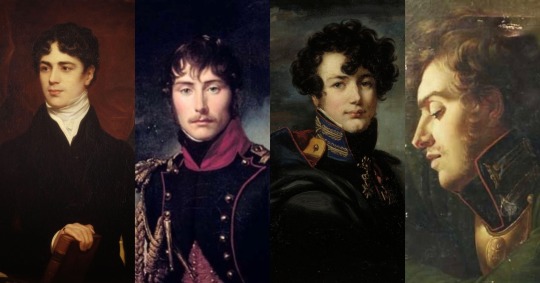
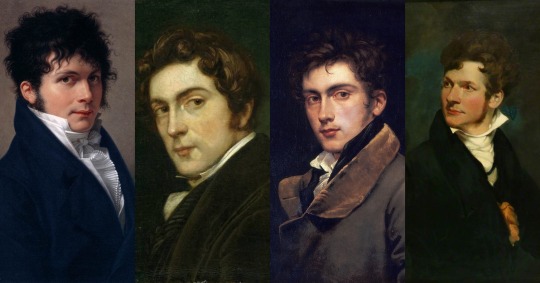
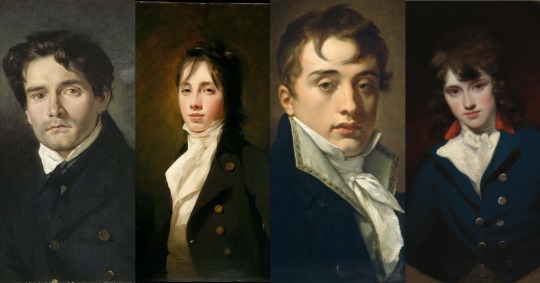

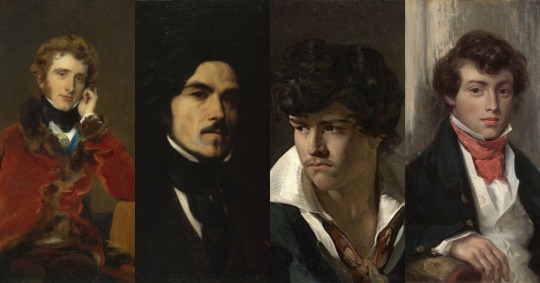
#regency era#regency fashion#regency style#historical fashion#history#portraits#art#style#fashion#painting#paintings#romanticism#romantic era#regency#bridgerton#19th century#england#aesthetic#dark academia aesthetic#clothing#menswear#menstyle#mensfashion#romantic#1800s#jane austen#napoleonic era#napoleonic wars#empire era#georgian era
2K notes
·
View notes
Text


Dress
c. 1818-1822
English
Kent State University Museum
#1810s#1820s#regency fashion#regency#romantic era#fashion history#historical fashion#history of fashion#dress history#frostedmagnolias
625 notes
·
View notes
Text
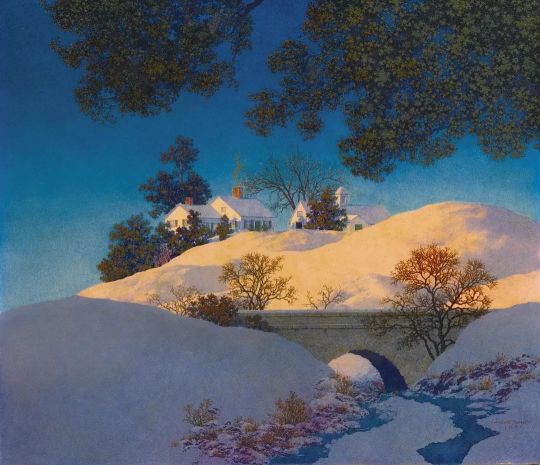
Winter Sunshine, Maxfield Parrish
#instagram#pinterest#art#classic art#painting#oil on canvas#romantic art#victorian art#romantic period#victorian period#victorian era#classic#romantic era#history#art history#Winter Sunshine#20th century#1955#maxfield parrish
3K notes
·
View notes
Text

An unusual detail in a men's fashion plate in Petit Courrier des Dames, 1830. The text describes it as "Habit de Cheval ouvert sur la poitrine"—riding clothing open on the chest. I can't say that I have seen anything quite like it before.
#is that like a shawl collar around his chussy?#Eighteen-Thirties Thursday#1830s#historical men's fashion#fashion plate#petit courrier des dames#fashion history#yonic#romantic era
659 notes
·
View notes
Text
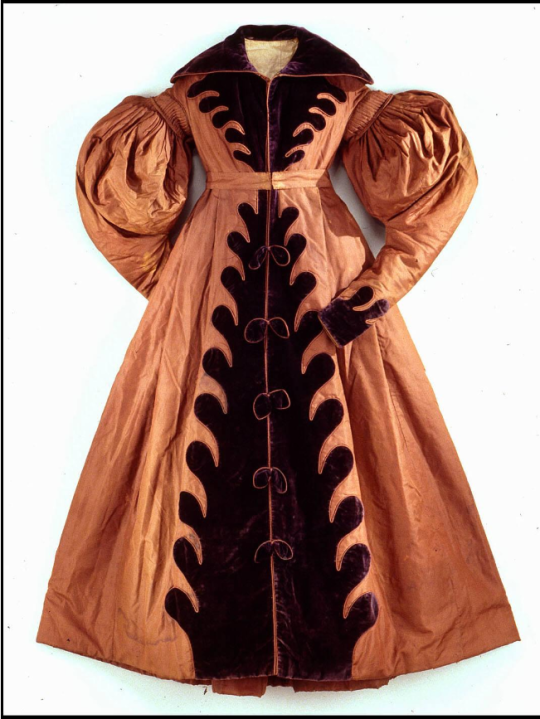
Pelisse
1835-1840
United States or England
DeWitt Wallace Decorative Arts Museum (Object Number: 1996-273
#pelisse#fashion history#historical fashion#1830s#1840s#19th century#1835#1839#1840#united states#england#orange#purple#silk#velvet#romantic era#victorian#victorian fashion#dewitt wallace decorative arts museum
2K notes
·
View notes
Text
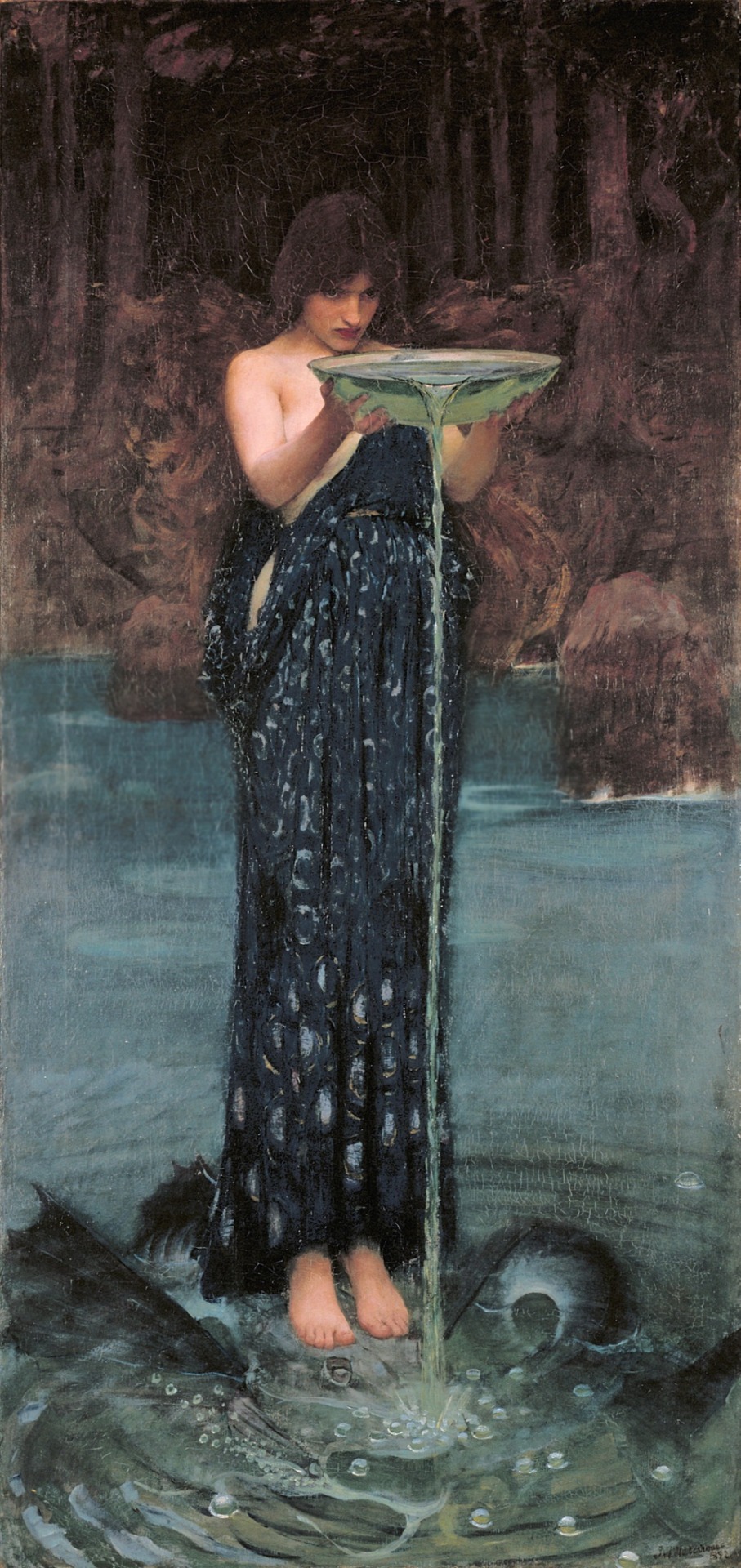
‘Circe Invidiosa’ 1892
John William Waterhouse
#art#1800s art#romantic era#romanticism#circe#witchcraft#Scylla#water#sea monster#greece#ancient myths#ancient greece#ancient history#art history#oil on canvas#oil painting#john william waterhouse
1K notes
·
View notes
Text
Which Underrated Woman from History are You?
Finally got around to making a uquiz featuring six of my favourite women from history! You can either get someone from the French Revolution, Roman Republic (I know, how unexpected!) or from 1700s/early 1800s.
Featuring scientists, writers, politically active icons and a few poets whose lives were intertwined with theirs, as a treat!
Enjoy and thanks everyone for sharing! ✨
#frev#french revolution#ancient rome#roman republic#history#tagamemnon#uquiz#tumblr quiz#which are you?#age of enlightenment#1700s#1800s#romantic era#18th century#19th century#émilie du châtelet#fulvia#clodia#mary shelley#ada lovelace#lord byron#literature#women's history#uquiz link#personality quiz#quiz tag#percy bysshe shelley#lucile desmoulins#camille desmoulins#catullus
290 notes
·
View notes
Text

#mendelssohn#felix mendelssohn#classical music#romantic music#romantic era#romantic era music#classical composer#composer#composers#smash or pass#composer smash or pass#violin#viola#cello#trombone#french horn#clarinettist#clarinet#double bass#upright bass#flute#trumpet#oboe#bass
56 notes
·
View notes
Text
Chopin’s Wardrobe — What I Wore
Today I would like to share with you all the manner in which I dressed. It is interesting to see how fashions have changed over the course of 200 years. Some might say style has slipped… Anyway! Here are some details on my wardrobe:
My Suit
I liked to wear sober colours: black, mauve, blue… and especially grey. For instance, I once asked Julian Fontana to have made for me a pair of dark grey winter trousers, without a belt, which were smooth and stretchy.

Grey trousers, 1840.
At a concert in Glasgow, a pupil recalled that I had worn a pale grey suit. Which included a frock-coat of identical tint and texture.


(Left) Frock coat, 1840. (Right) Frock coat and trousers, 1852.
Under my suit, I would wear a modest waistcoat in a fabric such as a black velvet with a tiny inconspicuous pattern, something very quiet and elegant.



(Left) Provençal waistcoat with mauve silk seedlings, 1860. (Centre) Waistcoat with floral pattern, 1838. (Right) Striped waistcoat, 1850-70.
My preferred shirts were ones made of cambric or batiste fabric. They had small mother-of-pearl buttons, two breast-pockets, and could be bought for 14 francs.

For my cravat, I would wear muted colours during the day. Usually, I would tie it in a bow. However, when performing in a formal setting, I would wear a broad, white silk cravat.


Winter Clothes
To keep warm in the winter months, I wore a thick redingote or over-frock coat, as can be seen in this daguerreotype of myself from 1849.




(Left) Wool coat, 1840. (Centre) Winter costume. Paul Gavarni, 1846. (Right) Frock coat. Wool, trimmed with silk velvet. 1820-1830.
At one point, my sickness rendered me so sensitive to the cold that I wore three flannels under my trousers.

Underpants, mid-nineteenth century.
Accessories
Because I had small feet, I often found shoes uncomfortable. I mourned the day, Moos, my shoemaker died. No one made my shoes like him.

1840s men’s shoes.
On my head, I would always have my hair curled, and, when outdoors, I would wear a top hat. I bought my hats from Dupont’s because he made them lightweight. They were originally made of beaver felt but, by my later life, they were made of silk plush.


(Left) Top hat made of beaver felt, 1830s. (Right) Top hat made of silk plush, 1850.
My outfit was only complete with white gloves. Without them one would not be in good taste. Kid gloves were common, but I also liked wearing Swedish (suede) gloves. Always in white.

Evening gloves. 1848.
A pocket handkerchief was also a necessity.

Finally, I had a miniature pocket watch. According to one concert-goer, it was “In shape no bigger than an agate stone, on the forefinger of an alderman.”

Where did I shop?
I bought my top hats from Dupont’s at No 8, rue de Montblanc (the previous name for rue de la Chaussée-d’Antin). I lived on this street myself, both at No 5 (1833-36) and No 38 (1836-38).


(Left) 9, rue de la Chaussée-d’Antin, the fabric shop across the street from the milliners, 1840s. (Right) Rue de la Chaussée-d’Antin, 1858-1878.
My shirts came from No 37 in the Palais Royal galleries, on the theatre side.


(Left) View of the Galerie d'Orléans in the Palais-Royal, 1838. (Right) Jardin du Palais Royal, 1840s.
The white suede gloves could be acquired from À la Corbeille de Fleurs, Houbigant’s shop at No 19, rue du Faubourg Saint-Honoré.


(Left) The corner of rue du Faubourg-Saint-Honoré, 1820-1840. (Right) Faubourg Saint-Honoré, 1814-1885.
There were also many shops along the Grands Boulevards. This is where I got my trousers made by my tailor, Dautremont.


(Left) Boulevard de la Madeleine, 1799. (Right) Boulevard des Capucines, 1830.


Boulevard des Italiens, 1840s (left), 1835 (right).
So…
As you can see, in spite my reputation for being picky and perhaps… prissy, with regard to fashion and furniture, I was far from what was called a dandy. My dress was never over-the-top and nor did I put on the airs that were so pertinent to dandyism. My desire, if anything, was to be refined and respectable. Although, perhaps my efforts to do so were occasionally cause for frenzy or distraction.
#1830s#1840s#historical men's fashion#romantic era#frycek’s fashion tips#biography#frédéric chopin#fashion history
127 notes
·
View notes
Text

-The young martyr, 1885, by Paul Delaroche.
originally made for a young Christian girl, thrown in the Tiber River by the Romans when she refused to deny her faith.
#painting#louvre#paul delaroche#history#artwork#art#art history#aesthetic#christianity#river tiber#italy#romantic era#romantic#france#french
94 notes
·
View notes
Text
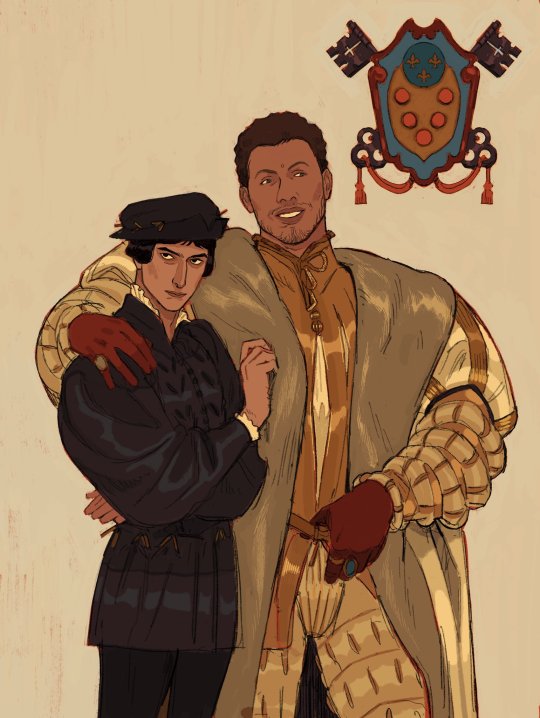
What do I care about latin speeches and the jeering of my scoundrel ? I love Lorenzo, I do, and par la mort de Dieu ! He shall remain here.
#Lorenzaccio#alfred de musset#romantic era#renaissance#lorenzino de medici#Alessandro de medici#alexandre de Médicis#1530s#my art
5K notes
·
View notes
Text
Some of the surviving clothes and personal belongings of Lord Byron (1788 - 1824)
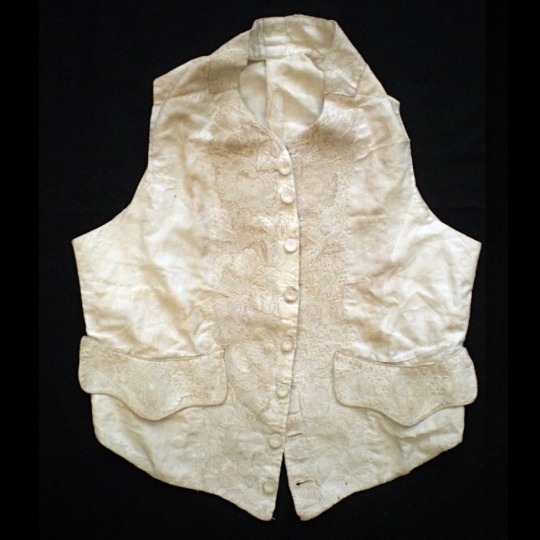

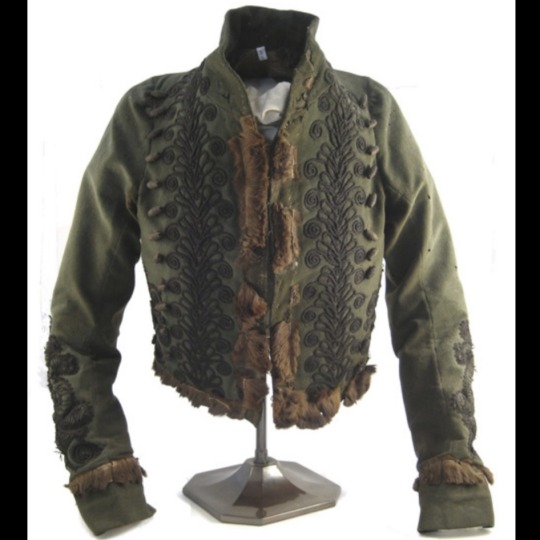
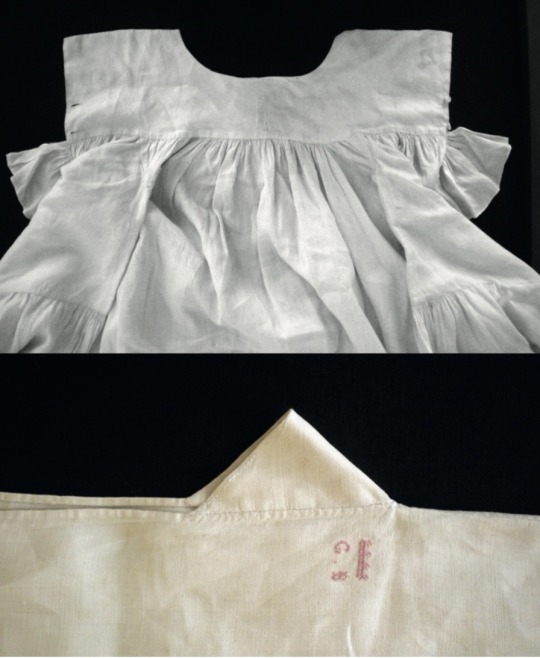
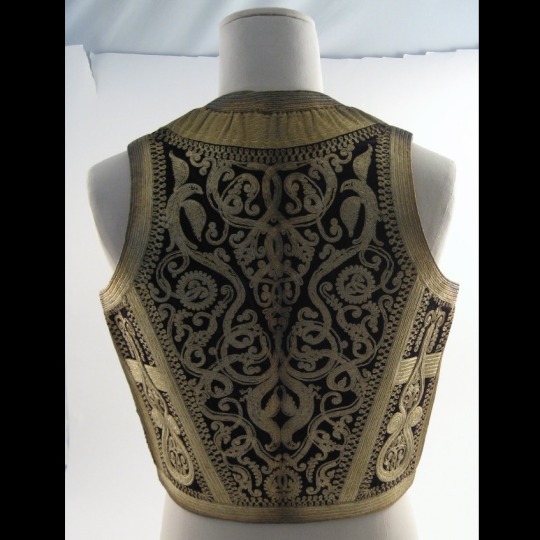

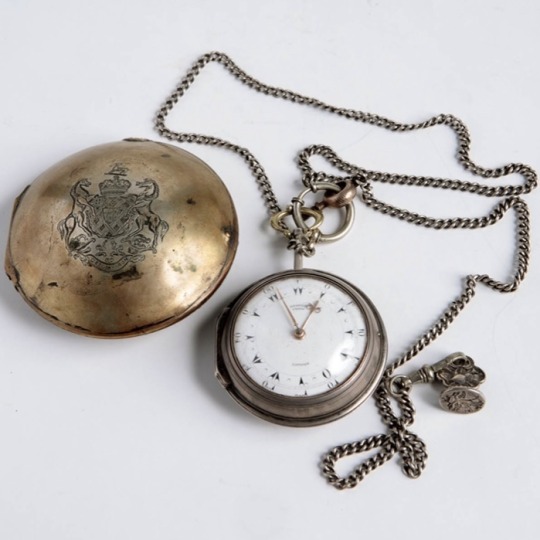
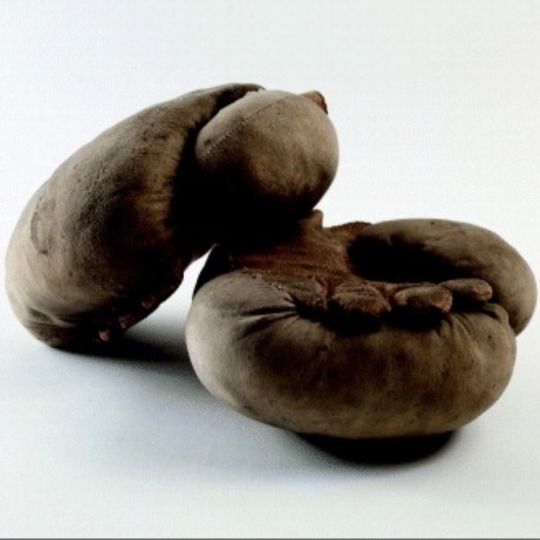
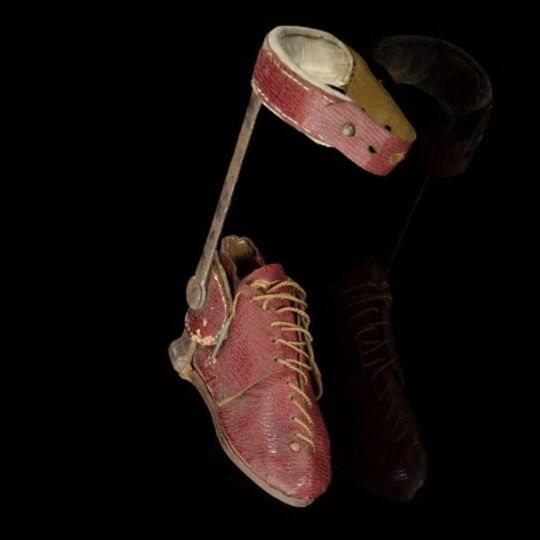
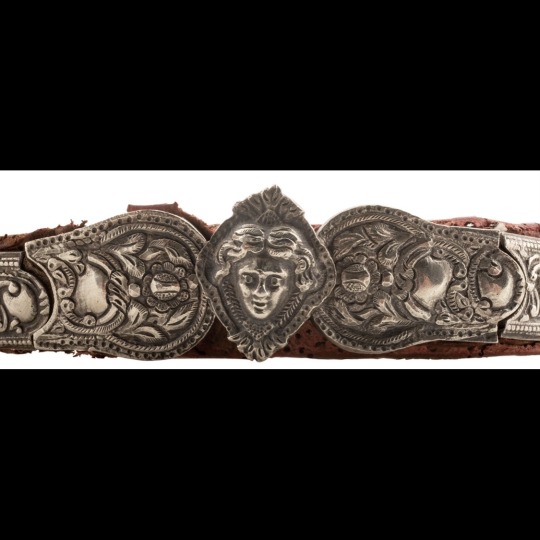
1) a favorite white waistcoat originally belonging to King George II (1683 - 1760) bearing their shared initials; Byron wore this on his wedding day
2) a red embroidered jacket from Albania
3) a green fur-lined jacket given to him by Edward Trelawny
4) a linen undershirt of his which Lady Byron kept after their separation
5) a gold embroidered vest from Albania
6) a ring, thought to be his engagement ring
7) a pocket-watch bearing the Byron family crest
8) pair of boxing gloves; pugilism was big in 1800s london & like many male aristocrats at the time, Byron took lessons at the academy of famous boxing champion John Jackson
9) a small infant’s orthopedic boot; one of the many unsuccessful attempts to treat the congenital deformity of his leg & lifelong limp
10) a 32in/83cm belt with the head of Nike/Victory worn in his last months in Greece during the Revolution; a popular symbol during the war.
#lord byron#history#fashion#historical fashion#regency era#regency era fashion#byron#british history#artefacts#museum artefacts#artifacts#relics#english history#literary history#old#19th century#imperial era#georgian era#1800s#alabanian#byronism#romantic era#romanticism
340 notes
·
View notes
Text


French dress
c. 1872
The Metropolitan Museum of Art
#1870s#historical fashion#19th century dress#historic fashion#dress history#history of fashion#fashion history#victorian dress#victorian era#victorian gown#romantic era#romantic fashion#1800s#1800s fashion#fashion#history#vintage fashion#frostedmagnolias
750 notes
·
View notes
Text
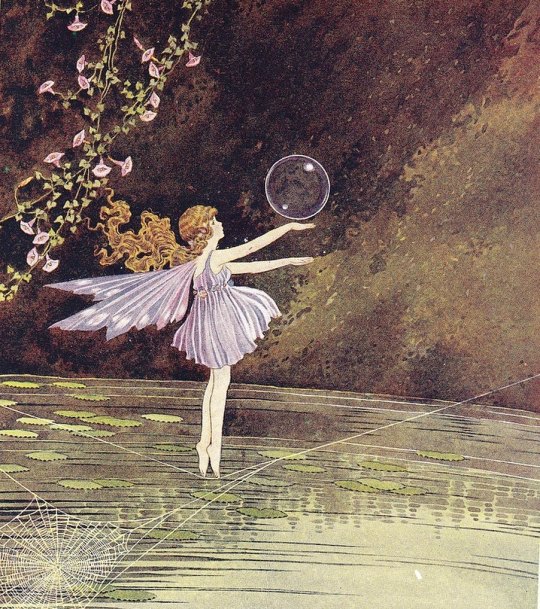
<3
#instagram#pinterest#art#classic art#painting#oil on canvas#romantic art#victorian art#romantic period#victorian period#victorian era#classic#romantic era#history#art history#Ida Rentoul Outhwaite#19th century#20th century#fairies#fairycore#fairy#fantasy
758 notes
·
View notes
Text

Paul Gavarni, L'Artiste: Far-Niente ("the artist doing nothing"), 1835.
#paul gavarni#Eighteen-Thirties Thursday#1830s#men's fashion#romantic era#1835#interiors#gavarni and his super-detailed scenes <3#get a load of this guy's headwrap#romanticism
550 notes
·
View notes